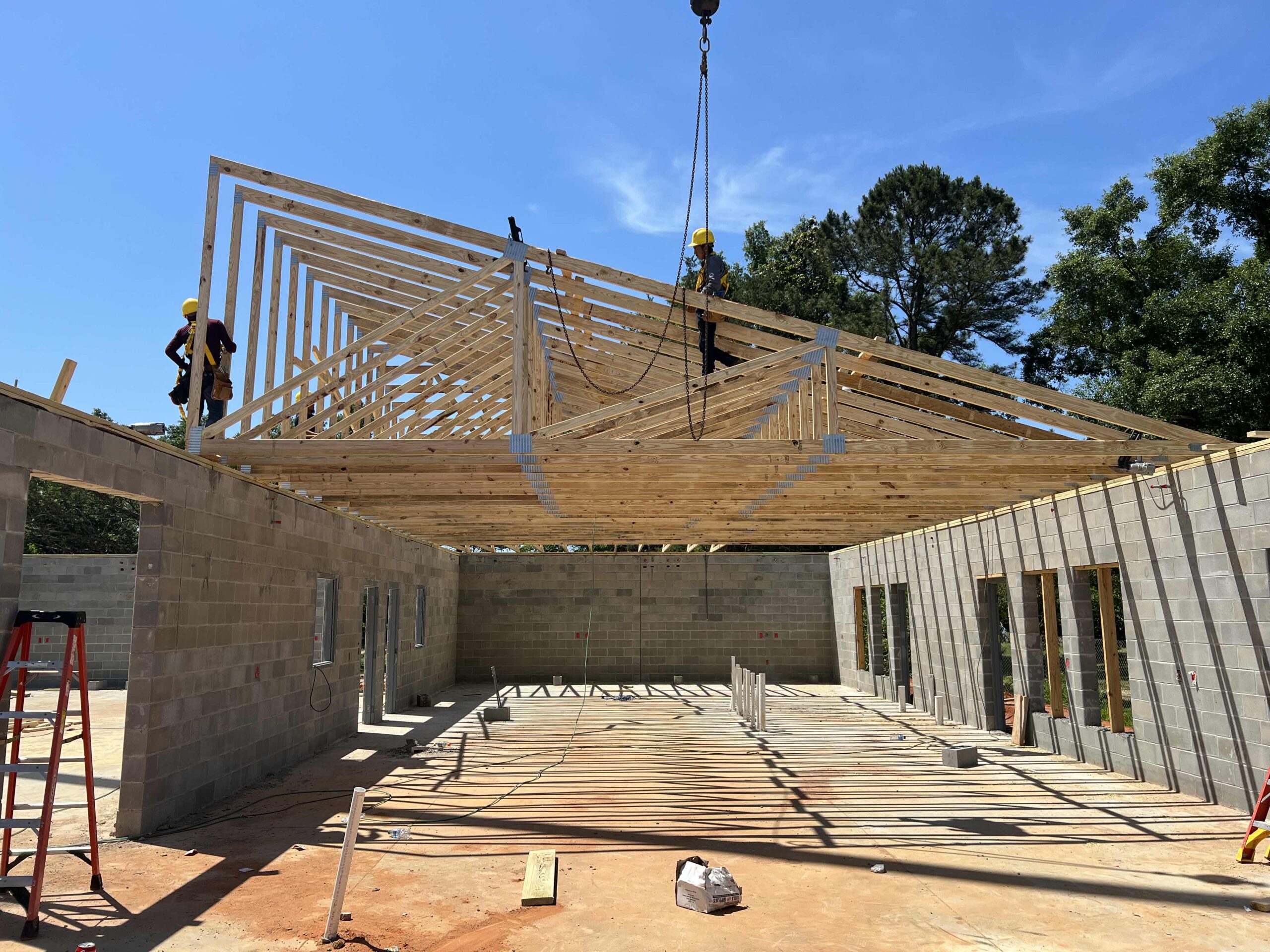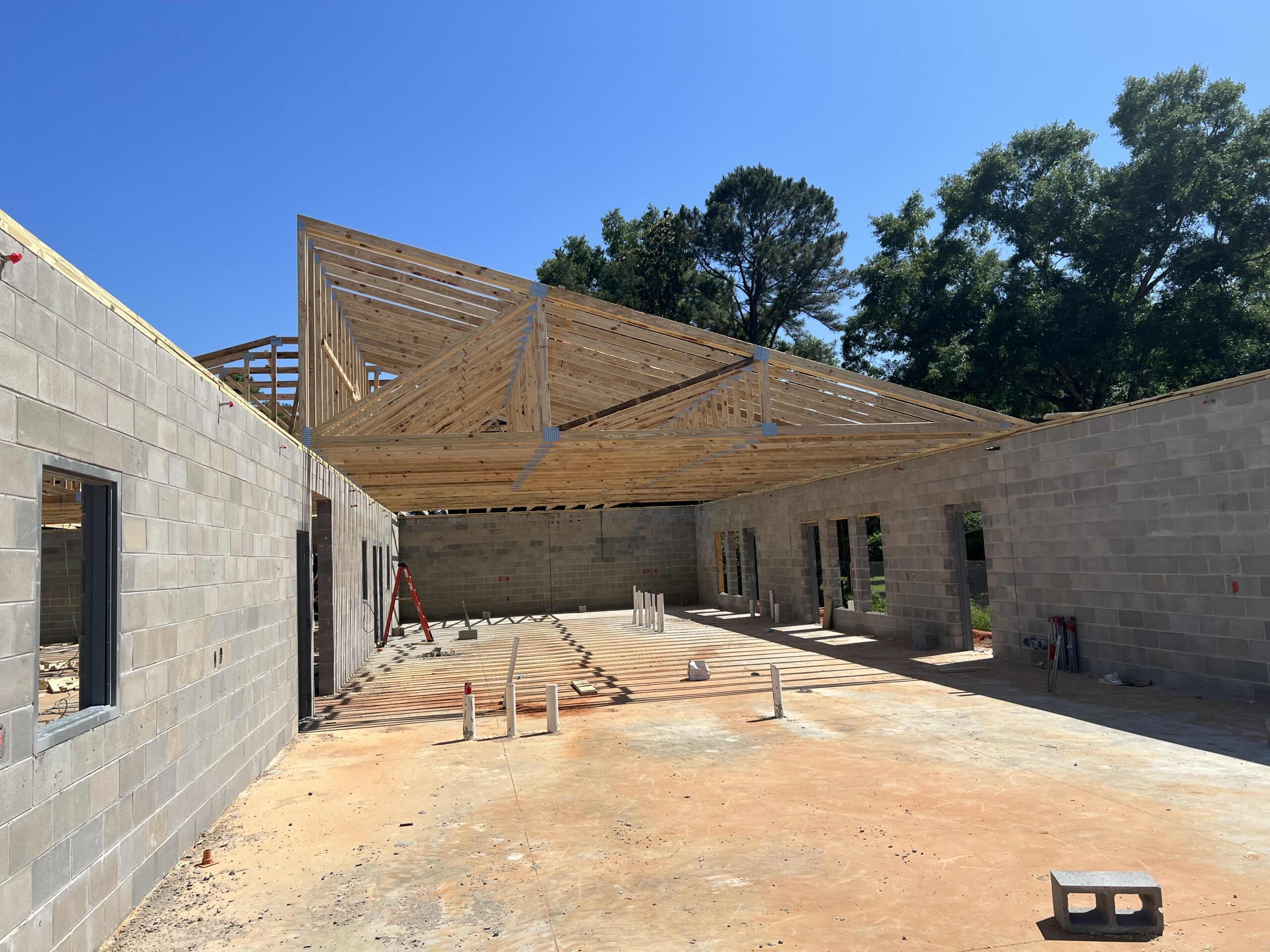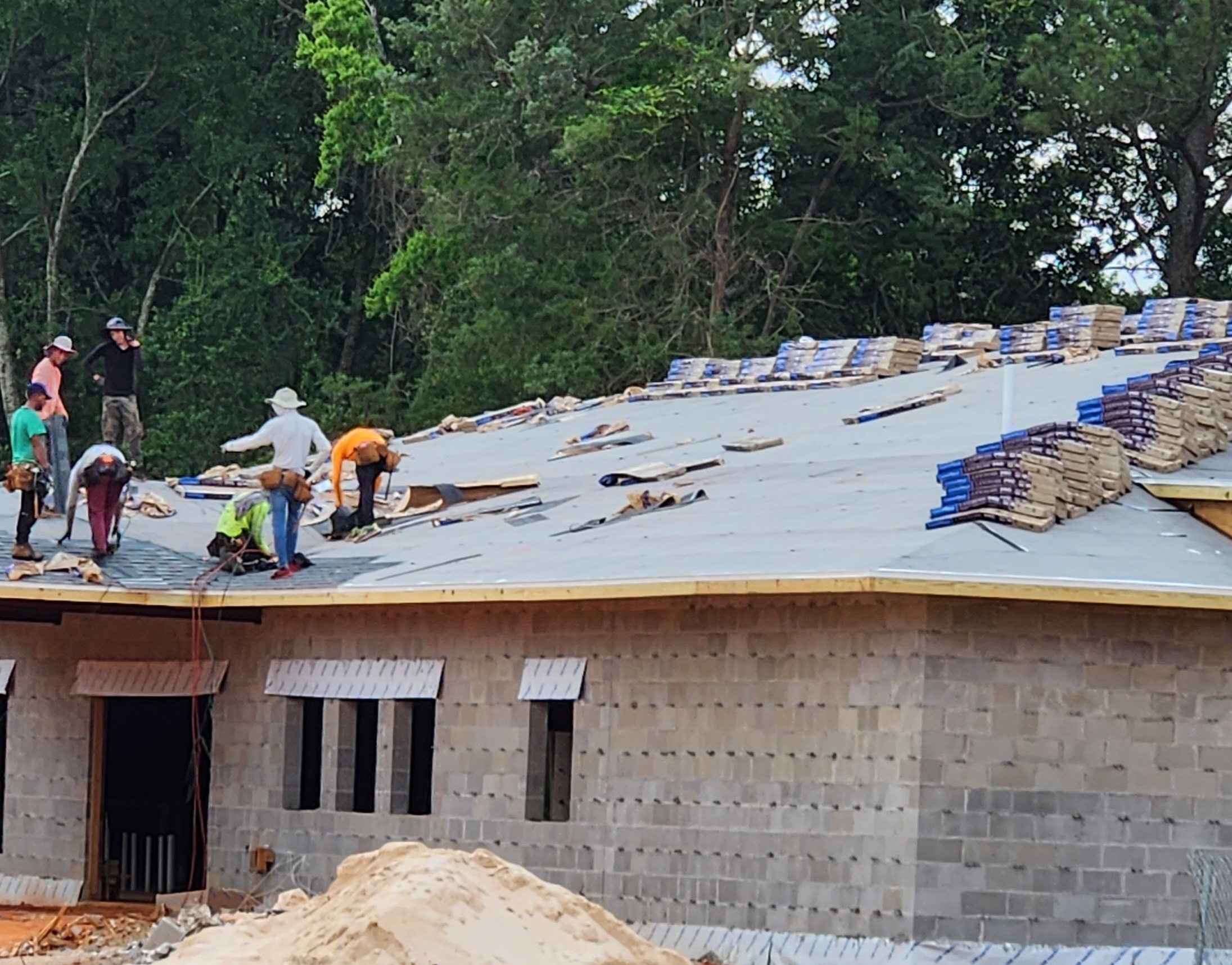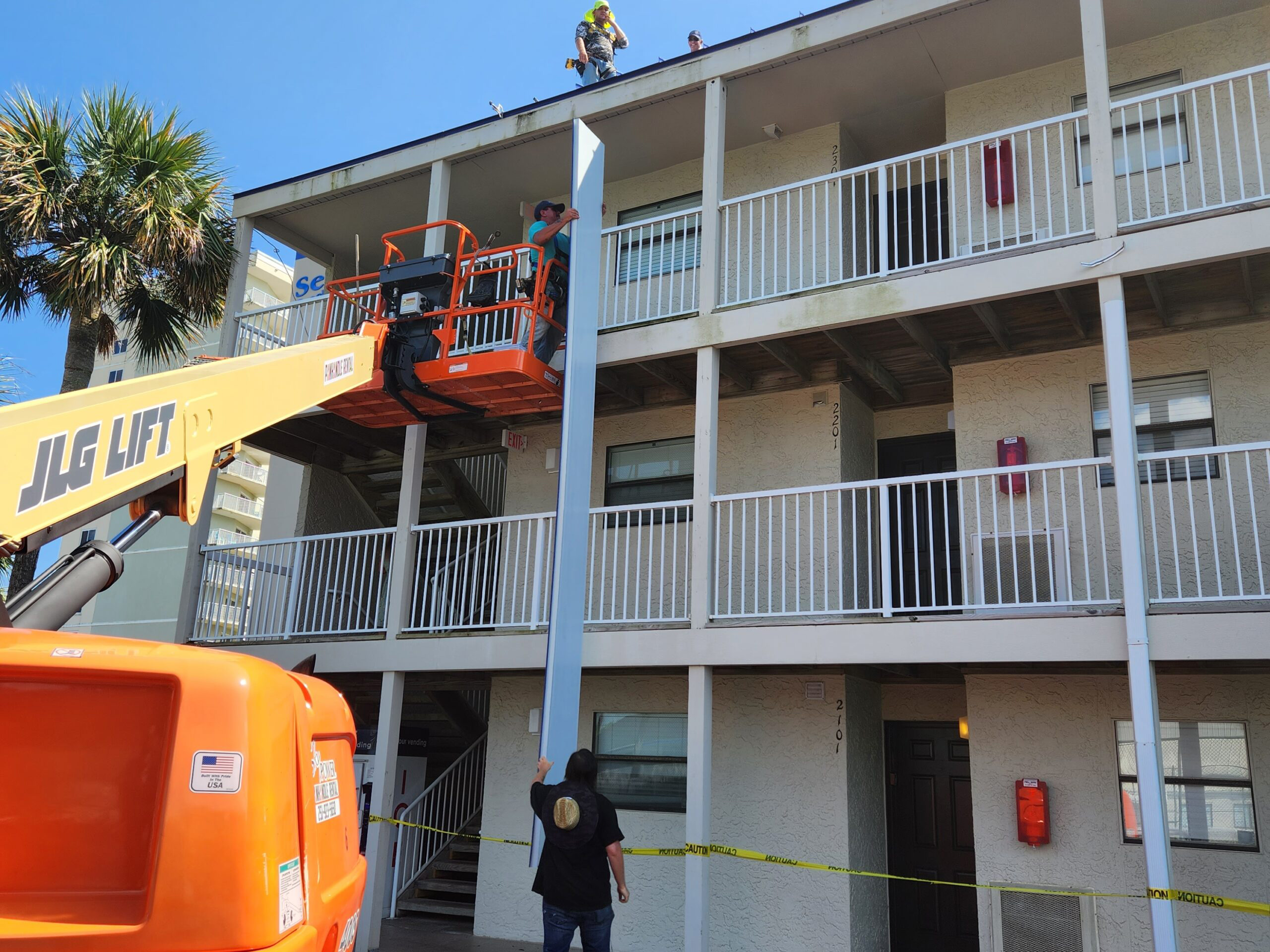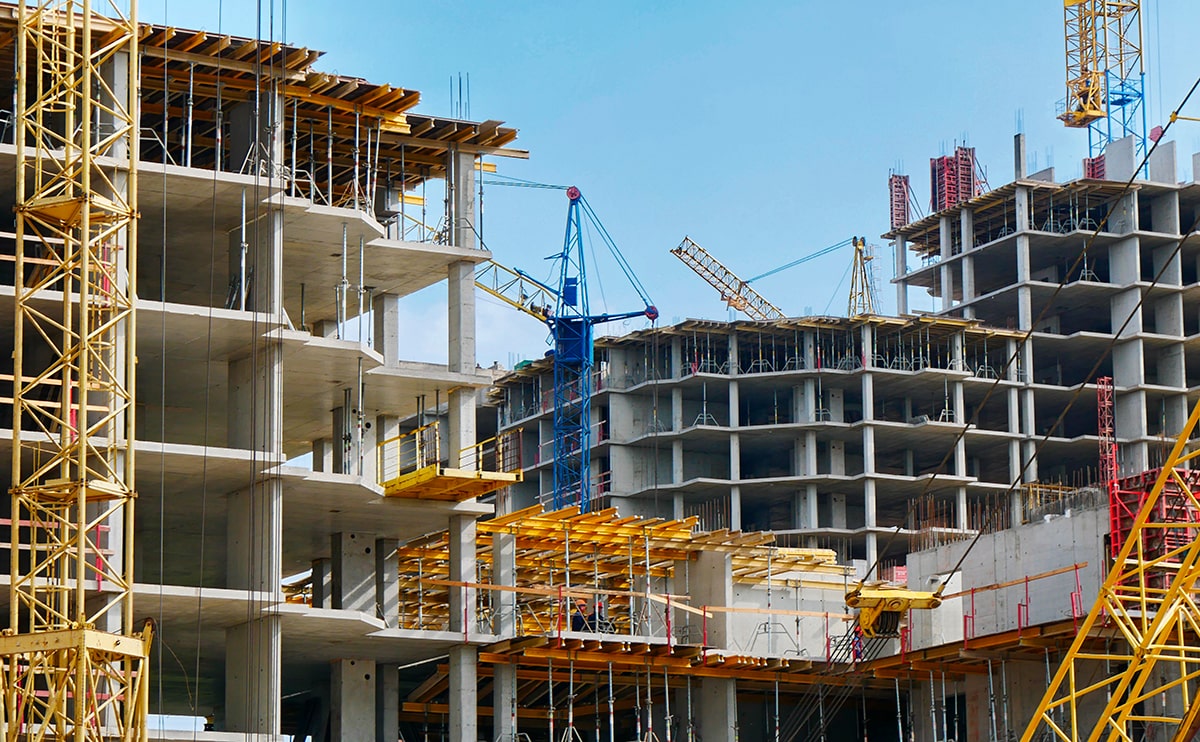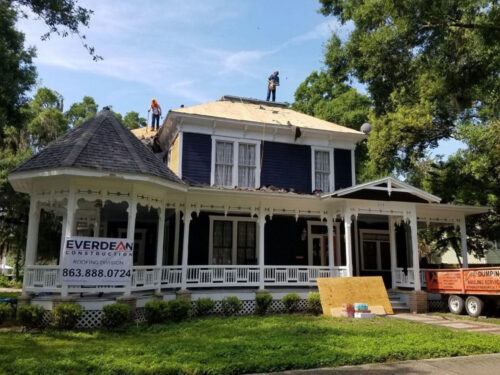When it comes to building design and construction, proper water management is crucial to protect the integrity of the structure. Scuppers are an important element in an effective drainage system. In this blog post, we will delve into the world of scuppers, exploring what they are, why they are essential, and whether you need them for your building.
What Are Scuppers? Scuppers are openings or outlets typically found in the walls, parapets, or roof edges of a building. They are designed to facilitate the controlled drainage of water from the structure. Connected to gutters or downspouts, scuppers redirect water away from the building, preventing water accumulation and potential damage.
Why Are Scuppers Essential? Understanding the importance of scuppers involves recognizing their key benefits:
-
Efficient Water Management: Scuppers are crucial for managing rainwater effectively. By providing an outlet for water to flow out of the building, scuppers prevent water from accumulating on the roof or pooling near the foundation. This helps protect the structure from water-related damage and potential structural issues.
-
Prevention of Roof Overloading: During heavy rainfall, excess water can accumulate on the roof, adding weight and stress to the structure. Scuppers act as a drainage mechanism, allowing the excess water to safely drain away. This reduces the risk of roof overload and potential structural damage.
-
Foundation Protection: Scuppers play a vital role in protecting the building’s foundation. By directing water away from the structure, they prevent water from seeping into the ground around the foundation. This helps maintain the stability and integrity of the building’s foundation over time.
Do You Need Scuppers? Determining whether you need scuppers for your building depends on several factors, including your geographical location, climate, building design, and local building codes. If you reside in an area prone to heavy rainfall or have a flat or low-slope roof, scuppers are highly recommended to effectively manage water runoff.
Consulting with architects, structural engineers, or construction professionals like Everdean Construction is crucial to assess your specific building requirements. They can evaluate the factors mentioned above and determine whether scuppers are necessary for your project. Additionally, local building codes and regulations may mandate the inclusion of scuppers under certain circumstances, so compliance with these guidelines is essential.
Scuppers are an integral part of a well-designed water management and drainage system for buildings. By safely redirecting water away from the structure, scuppers help prevent water-related damage, roof overload, and foundation issues. If you live in an area with heavy rainfall or have a building with a flat or low-slope roof, consulting professionals can help determine the need for scuppers based on your specific project requirements. With properly designed and installed scuppers, you can ensure effective water drainage and long-term protection for your building.

